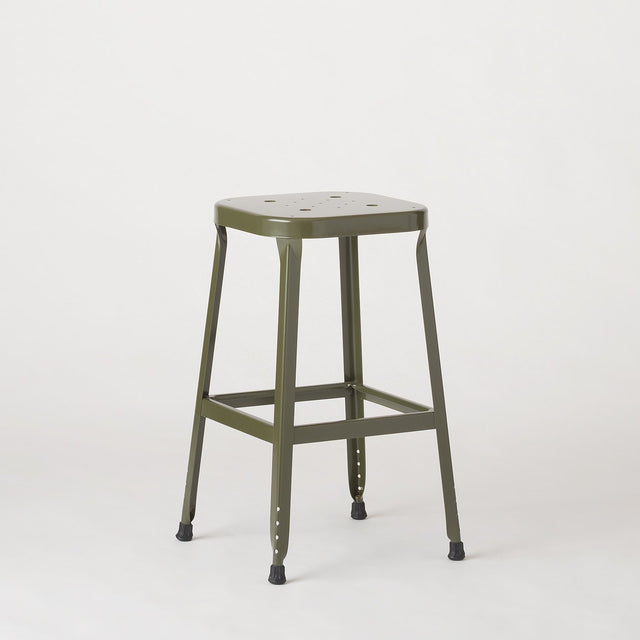Traditional Industrial

As part of our continued style point exploration, we're introducing an iconic Schoolhouse trend to the mix, what we're calling "Traditional Industrial". Characterized by thoughtful re-imaginings of industrial silhouettes and finishes, this timeless style is both straightforward in its design, and-emphasizes function, efficiency, and practicality.
A celebration of purposeful design present in factories, workshops, and manufacturers from America’s rich history, we invite you to learn more about this ever-popular style and how to incorporate it into your own home.
A few words that come to mind when thinking about what
"Traditional Industrial" means to us are: sturdy, proportioned, practical, detailed, and mechanical."



1. Opt For A Neutral Color Palette
Traditional industrial style typically uses a neutral color palette focused on shades such as black, gray, and white. These colors are often used to create a minimalist look, allowing the raw materials in the space to really to shine.
That said, if you're craving a touch of color in your space, choose an accent color in a more muted tone, such as navy or olive green. Some ways we like to infuse color into a space here at Schoolhouse is by choosing lighting, pillows, or throws in vibrant hues.



2. Add Texture
Texture is a key element of traditional industrial style. Incorporating rough textures such as exposed brick or metal, and pairing with soft textures such as wool or leather, will help to create contrast in a space. We love pairing sleek metals with soft wools, like slinging our Honey Lambswool Throw over our infamous 26" Utility Stool, to create an understated yet purposeful look.
Another easy way to achieve this style is by incorporating distressed or weathered furniture and decor to add a touch of texture and character.


3. Focus On Function
Lastly, traditional industrial style is all about functionality, so make sure your furniture and decor serve a purpose. Look for pieces that have a specific function, such as a metal cabinet for storage, or repurpose a vintage drafting table as a desk. This will not only add to the practicality of your space, but also help reduce overall clutter in your home.




